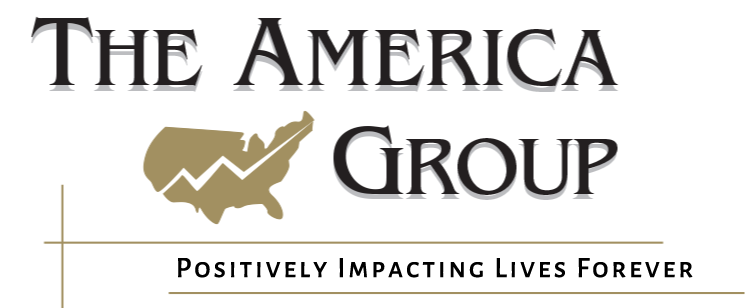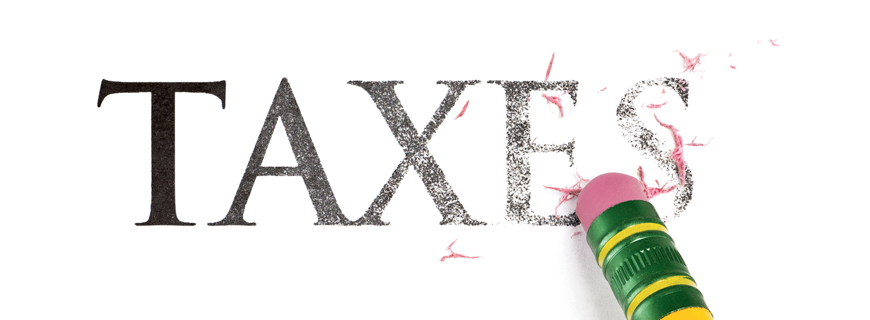Many people instinctively believe that borrowing is inherently a bad thing. Used to excess, they’re right. But how many of us have the money to buy a house – or even a new car – outright? Used judiciously, however, borrowing can provide powerful leverage that can improve your financial standing.
Take a $200,000 house. Assuming a downpayment of 20%, or $40,000, a $50,000 rise in the price of that home would mean the owner more than doubled his or her money! If the homeowner had paid with cash, the $50,000 increase would represent a return of just 25%, minus the opportunity cost missed by not investing the remaining $150,000. That’s the power of leverage.
To help you “borrow smart,” this article explains some of the basic terms and concepts behind lending.
Structuring the Terms of Your Loan
Borrowing can be a smart investment in your financial future, especially if used for a house that will likely appreciate over time, improvements that raise the value of your home, or college costs that will eventually pay off in higher earnings potential. And sometimes borrowing is unavoidable, especially in cases of emergency.
Fortunately, today’s financial institutions make a wide variety of loans readily available and relatively easy to obtain. However, loans are generally complex financial transactions. The more you know before signing the loan contract, the better prepared you will be to choose the type of loan that best meets your needs.
How your loan is structured helps the lending institution determine how much risk they are assuming, and, in turn, what interest rate they will charge. There are three basic loan features that define your loan: whether the loan is paid back in installment payments or as a lump sum, whether the loan is secured or unsecured, and whether the interest rate on the debt is variable or fixed.
Installment Loans vs. Lump Sum Payment
When you take out a loan, you promise to repay the loan, plus interest, based on a contractual agreement. When you choose an installment loan, you borrow a lump sum of money, and then pay back a fraction of what you borrowed at regular intervals over an extended period of time. This way, you pay back both the loan principal and interest gradually. If you prefer, you may choose to borrow a lump sum of money, then pay back the entire loan principal and all accrued interest in a single payment at some future date in a single, lump-sum payment.
Secured vs. Unsecured Loans
When a lender analyzes the risk they associate with a debt, an important consideration is whether the loan is secured or unsecured. A secured loan is based on your ability to provide collateral of similar or greater value than the amount being loaned. Should you default, the bank can reclaim and sell the collateral to recoup most, if not all, of the amount loaned. A home loan is an excellent example of a secured loan – the bank will lend most of a home’s purchase price, but retains a lien against the home for as long as the loan is outstanding.
In contrast, an unsecured loan is based solely on a promise of repayment. Because the lender holds no collateral, unsecured loans carry significantly more risk for the lender which, as a result, charges a higher interest rate on the borrowed funds.
Fixed vs. Variable Interest Rate
The interest rate you pay on a loan is based on many factors, including your credit rating, your payment history, and whether your loan is based on a fixed or a variable interest rate. Fixed interest rate loans are just as the name implies – the interest rate does not change during the term of the loan. Because the lender cannot change the rate as market conditions change, a fixed-rate loan usually has a higher initial interest rate than a variable interest rate loan.
The rate on a variable interest rate loan, in contrast, generally starts slightly lower than the fixed rate, but it is “adjusted” from time to time to reflect current economic factors. If rates drop, the variable loan rate will typically drop. If rates rise, the variable loan rate will normally rise. Because of the initially lower interest rate, the monthly payment on a variable rate loan is lower than its fixed counterpart. This lower payment often allows you to qualify for a higher loan balance.
Required Lender Disclosures
Lenders are required to tell you exactly what a loan will actually cost per year, expressed as an annual percentage rate (APR). Some lenders charge lower interest but add high fees; others do the reverse. The APR allows you to compare apples to apples by combining the fees with one year of interest charges to give you the true annual interest rate. If the lender quotes you a periodic interest rate, this won’t be the true interest rate because it does not include the fees he may charge you.
Every lender is required to provide a total cost disclosure before a loan is made. It will tell you exactly what the loan will actually cost you in dollars and cents if you make all payments to the lender as you’ve agreed.
Smart borrowing can work in your favor – but only if you understand how lending really works. Contact us for more information if you’re considering a new loan or deciding how to proceed with an existing one.
Material discussed is meant for general illustration and/or informational purposes only and it is not to be construed as tax, legal, or investment advice. Although the information has been gathered from sources believed to be reliable, please note that individual situations can vary therefore, the information should be relied upon when coordinated with individual professional advice. Past performance is no guarantee of future results. Diversification does not ensure against loss. Source: Financial Visions, Inc.




















